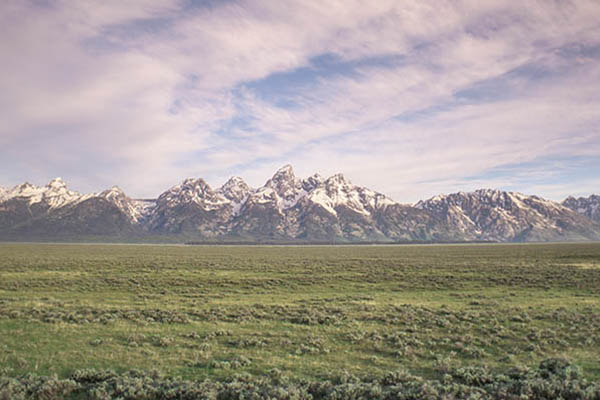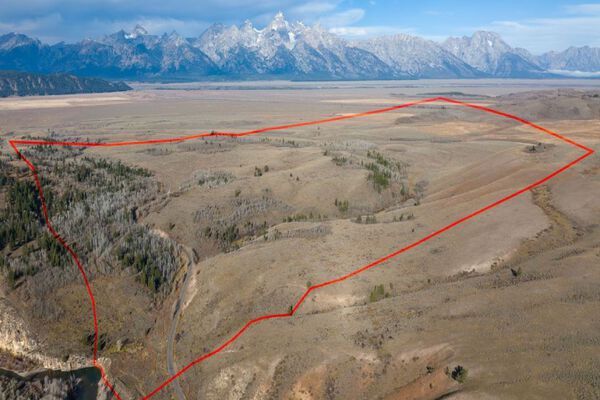
Summer is just around the corner and with the continuing changing of seasons, many of the region’s critters are giving birth and raising young.
Wolf pups are making their first exploratory appearances from their dens and bison, moose and elk calving seasons are at their peaks. Grizzly and black bear females with cubs are out and about, but those with cubs-of-the-year are only making small movements so that their tiny cubs can keep up.
Neotropical migrating birds like western tanagers, hummingbirds, warblers, osprey, and others have returned to the valley and have commenced nesting activities while bald eagle eggs have hatched, and young nestlings are being closely guarded by their brooding parents. The wondrous sage grouse strutting season has ended, and hens have dispersed from leks to nest at brood rearing sites in adjacent sagebrush grasslands.
Down below in creeks and tributaries, native cutthroat trout have initiated spawning as water levels rise with spring runoff.
You might have noticed that there aren’t quite as many elk visible out on the National Elk Refuge these days. With snow melt and vegetation green-up to northern parts of the valley, nearly all bison and elk have moved to higher elevations and up north, some as far north as southern Yellowstone National Park.
Over the past few weeks, bears have been making increased appearances in the park, delighting visitors lucky enough to catch glimpses of them. A solo grizzly bear, a grizzly bear with two 2-year-olds, and a grizzly bear with 3 yearlings have been observed in the park over the last several weeks.
27 year-old grizzly bear #399, the oldest documented grizzly bear in the Greater Yellowstone Ecosystem (GYE), was first observed by park visitors on May 16, 2023, with one cub-of-the-year in tow. According to Interagency Grizzly Bear Study Team leader Frank van Manen, there is only a 9% probability that a female grizzly bear in the GYE would reach age 27. For grizzly bear #399 to have lived to 27 and reproduced is an exceptional feat.
Along with animal migrations, the emergence of more wildlife and the rearing of their young, it’s important to remember that giving all of these animals space and a wide berth is of critical importance. Nesting raptors often vocalize alarm calls when you are too close to their nests. Bears, moose, bison, and elk are also particularly protective of their young and could pose danger if they think that you’re a little too close for comfort. If you elicit a raptor’s alarm call or experience any other kind of vigilance or aggression from an animal, you are too close!











